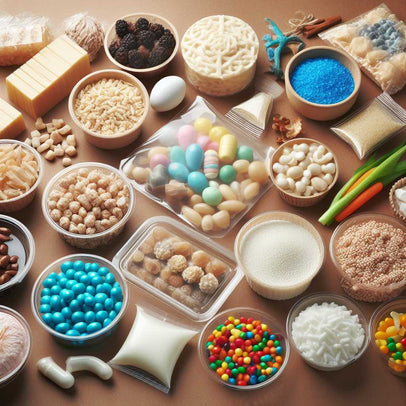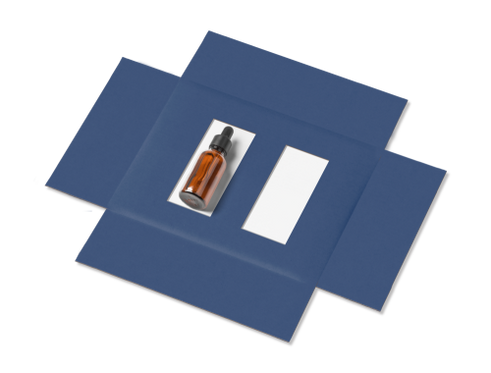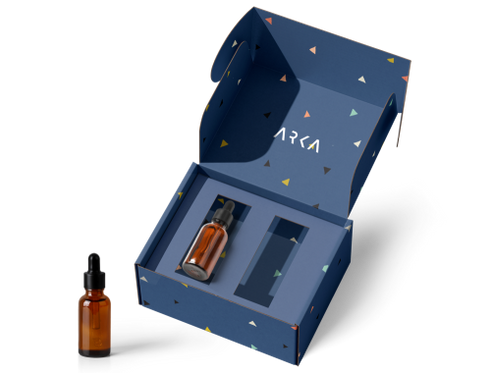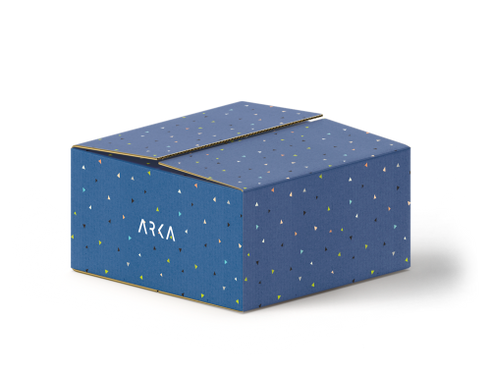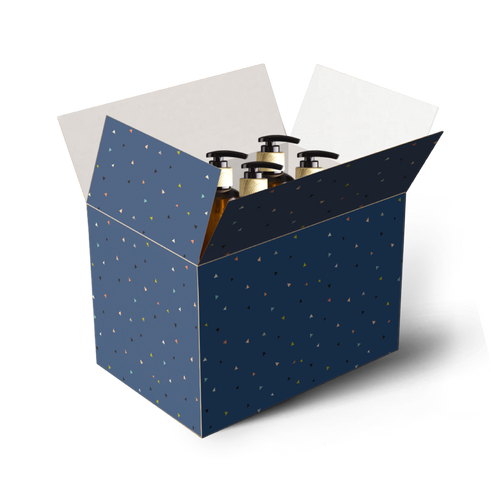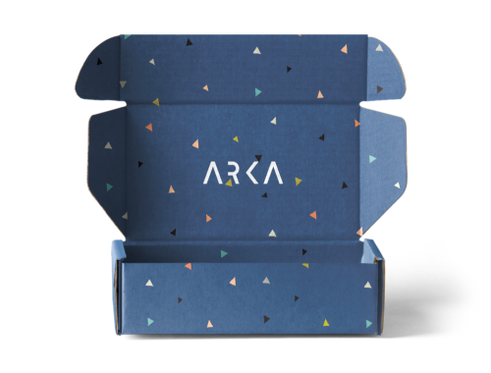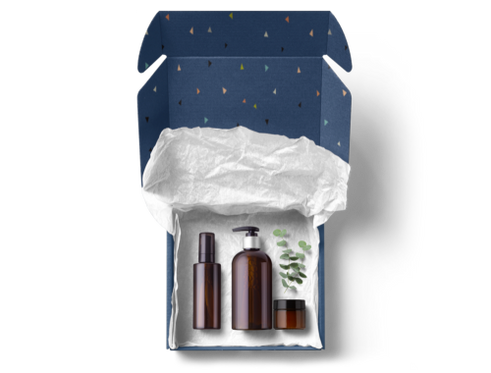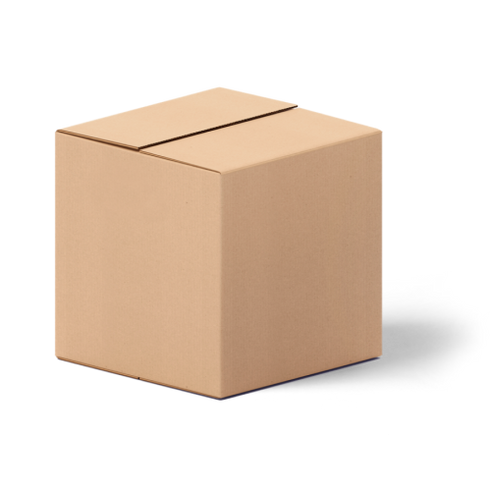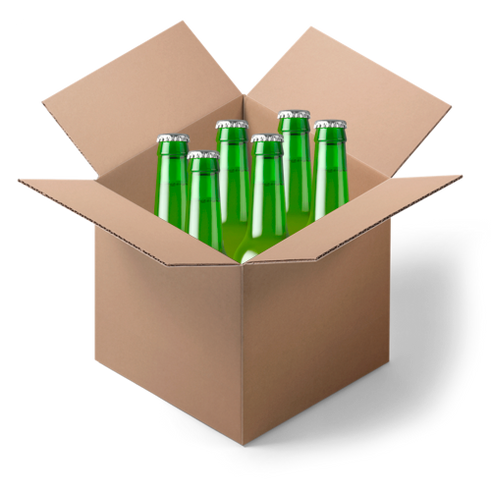Packaging 101: The Complete Guide
- Packaging 101
- Types of Packaging
- Aseptic Packaging
- Blister Packaging
- Biodegradable Packaging
- Bulk Packaging
- Carbon Neutral Packaging
- Circular Packaging
- Clamshell Packaging
- Compostable Packaging
- Cornstarch Packaging
- Corrugated Packaging
- Discreet Packaging
- Ecommerce Packaging
- Flexible Packaging
- Frustration Free Packaging
- Retail Packaging
- Secondary Packaging
- Smart Packaging
- Sustainable Packaging
- What is a PR Package?
- What is a Poly Mailer?
- Packaging Design Ideas
- AI Packaging Design
- Bakery Packaging Ideas
- Bath Bomb Packaging Ideas
- Bath Salt Packaging Ideas
- Body Butter Packaging Ideas
- Body Oil Packaging Ideas
- Body Scrub Packaging Ideas
- Brownie Packaging Ideas
- Cake Packaging Ideas
- Cake Pop Packaging Ideas
- Candle Packaging Ideas
- Candy Packaging Ideas
- Canva Packaging Design
- Chocolate Packaging Ideas
- Cinnamon Roll Packaging Ideas
- Clothing Packaging Ideas
- Coaster Packaging Ideas
- Coffee Bag Design Ideas
- Cookie Packaging Ideas
- Cosmetics Packaging Design
- Cotton Candy Packaging Ideas
- Cupcake Packaging Ideas
- DIY Packaging Ideas
- Dog Treat Packaging Ideas
- Food Packaging Ideas
- Empanada Packaging Ideas
- Etsy Packaging Ideas
- French Fries Packaging Ideas
- Frozen Food Packaging Ideas
- Hair Extension Packaging Ideas
- Handbag Packaging Ideas
- Jewelry Packaging Ideas
- Keychain Packaging Ideas
- Lash Packaging Ideas
- Lip Gloss Packaging Ideas
- Macaron Packaging Ideas
- Minimalist Packaging Ideas
- Mug Packaging Ideas
- New Employee Welcome Kit Ideas
- Packaging Colors
- Packaging Inserts Ideas
- Packaging Logo Design
- Packaging Typography
- Perfume Box Design Ideas
- Pizza Box Design Ideas
- Popcorn Packaging Ideas
- Scarf Packaging Ideas
- Skincare Packaging Design Ideas
- Soap Packaging Ideas
- Sock Packaging Ideas
- Sticker Packaging Ideas
- Sunglass Packaging Ideas
- Sustainable Packaging Ideas
- Tea Packaging Ideas
- Wax Melt Packaging Ideas
- Weed Packaging Ideas
- T-Shirt Packaging Ideas
- Wine Packaging Design Ideas
- What is a Packaging Engineer?
- Types of Packaging Materials
- Chipboard vs Cardboard
- Compostable Packaging Materials
- Alternatives to Plastic Packaging
- Edible Packaging Materials
- Food Packaging Materials
- Are Poly Mailers Recyclable?
- How to Recycle Cardboard Boxes
- How to Recycle Packaging Materials
- Medical Device Packaging Materials
- Mono Material Packaging
- Pharmaceutical Packaging Materials
- Plastic Food Packaging
- Protective Packaging Materials
- Reusing Packaging Materials
- Types of Packaging Foam
- Void Fill Packaging
- What is Chipboard?
- What is Kraft Paper?
- Offset vs Digital Printing
- RGB vs CMYK Printing
- Screen Printing vs Digital Printing
- Screen Printing vs Sublimation
- What is a Dieline in Packaging?
- What is Die Cutting?
- What is Digital Printing?
- What is Flexographic Printing?
- What is Glassine Paper?
- What is Offset Printing?
- What is Spot UV Printing?
- Why is 300 DPI Good for Printing?
- How to Estimate Shipping Costs
- How to Pack Glass for Shipping
- How to Mail a Bubble Mailer
- How to Make a Shipping Label
- How To Measure Box Dimensions and Sizes
- How to Ship Alcohol
- How to Ship Artwork
- How to Ship Books
- How to Ship a Cake
- How to Ship Candles
- How to Ship Clothes
- How to Ship Cookies
- How to Ship Food
- How to Ship a Laptop
- How to Ship a PC
- How to Ship Plants
- How to Ship Shoes
- How to Ship Vinyl Records
- Packaging Symbols
- Shipping Large Items
- What is a Delivery Exception?
- What is Shipping Insurance?
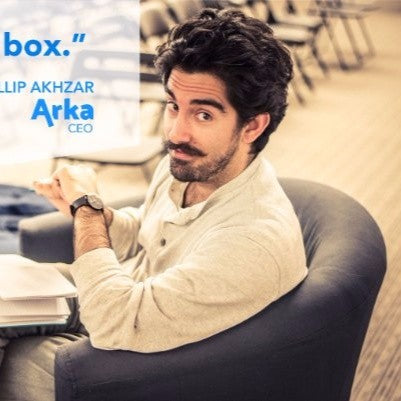
Discover Phillip Akhzar’s journey, the Founder and CEO of Arka, bringing 16 years of expertise in packaging and supply chain logistics. Read more on Arka.
What are Edible Packaging Materials?
Imagine packaging that doesn't just protect your food but is also part of your meal. Edible packaging material, a revolutionary idea, is created from natural ingredients like seaweed, starches, and proteins. These elements are transformed into eco-friendly packages that are not only safe for the environment but also safe for you to eat.
Picture a world where the wrapping around your food dissolves harmlessly, leaving no waste behind. This innovative approach means your packaging becomes a part of nature again, rather than polluting it. By choosing edible packaging, your business isn't just reducing its environmental impact; it's making a statement.

Customers love businesses that care for the planet. When your packaging disappears naturally, it shows your dedication to a sustainable future. This commitment doesn't just resonate with eco-conscious consumers; it expands your market reach, too.
Crafting edible packaging material is as simple as it is ingenious. Seaweed turns into various shapes to hold products, starches become transparent films for perishables, and proteins from plants or animals create a sturdy base. Through careful processing, these ingredients become packaging that's both biodegradable and edible. It's a small change for your business but a giant leap for our planet.
Components of Edible Packaging
Let's take a closer look at some key components of edible packaging material:
• Seaweed: Seaweed-based packaging is making waves for its eco-friendly nature and abundance; Derived from seaweed extracts, it's not just biodegradable but also edible offering a versatile solution for various food items.
• Rice: Imagine flexible biodegradable packaging films made from rice starch. These wraps, perfect for sushi or snacks, are a sustainable alternative to plastic. They're convenient, eco-friendly, and keep your food fresh without harming the planet.

• Potato Starch: Potato starch-based packaging is another innovative solution. Processed into thin, edible films that dissolve in water, these wraps leave no harmful residues. Ideal for single-use items like condiment sachets, they're a smart, eco-conscious choice.
• Edible Films: Edible films sourced from fruits and vegetables, offer thin layers for food items. Think apple-based films hugging slices and vegetable-based wraps cradling fresh produce. They act as barriers, preserving freshness and extending shelf life.
Edible Packaging Material Examples
Let's explore some creative edible packaging material examples that are making waves in the sustainability movement.
• Edible Straws: Sip sustainably with straws made from rice, wheat, or tapioca. These eco-friendly straws not only help the environment but also add a delightful twist to your beverages.
• Edible Coffee Cups: Say goodbye to disposable cups and hello to edible coffee cups made from wafer or cookie materials. Enjoy your coffee and munch on the cup guilt-free.

• Edible Spoons: Perfect for those on the move, these spoons are crafted from a blend of rice, wheat, and sorghum flours; They're crunchy, convenient and a fantastic alternative to plastic cutlery.
• Starch-Based Cupcake Wrappers: Even the wrappers can be delicious; Made from potato starch, these wrappers dissolve in your mouth, leaving no waste behind after you've enjoyed your cupcake.
• Rice Paper Candy Wrappers: Unwrapping candy becomes a delightful experience with rice paper wrappers; Thin and flavored, these wrappers complement the sweetness inside and vanish without a trace, reducing litter in the process.
The Advantages of Edible Packaging Materials
Picture this: Packaging that's not just eco-friendly but also tantalizingly edible, transforming the way we think about our snacks. Edible packaging materials are a cutting-edge innovation offering a multitude of benefits.
• Eco-Friendly Marvels: Traditional packaging materials often choke our planet with non-biodegradable waste. Edible packaging material, however, gracefully decomposes, leaving no harmful traces behind. This eco-friendly packaging choice reduces landfill stress and curtails our carbon footprint, embodying the essence of sustainability.
• Preserving Freshness, Ensuring Safety: Edible wraps do more than save the Earth; they safeguard our food too. Acting as a shield against contaminants, these biodegradable coatings enhance product freshness. Perishable items enjoy extended shelf lives, translating to less wastage, reduced costs, and content customers.

• Intriguing Marketing Opportunities: Businesses, take note! Edible packaging isn't just practical; it's also a marketing marvel. Imagine products encased in wrappers designed to be devoured. This unique feature captures consumer attention, stimulating curiosity and driving purchases. Moreover, it opens the door to inventive branding, enabling companies to resonate with environmentally conscious clientele.
• Simplicity Redefined: Convenience meets conscience with edible packaging. No more wrestling with layers of plastic – just pure, straightforward enjoyment. Unwrapping hassles vanish, making the consumption process a joy. It's a seamless experience benefitting consumers and our planet simultaneously.
Challenges and Considerations
Creating packaging that's both safe to eat and preserves food freshness presents a major challenge. Unlike traditional plastic, edible packaging material needs precise development to ensure it keeps food fresh for a long time. Scientists and food experts are dedicated to inventing edible packaging that matches plastic's durability. This guarantees that products stay tasty and safe to eat, a concern for both makers and consumers.
Preserving the flavor and quality of packaged items is vital too. Edible packaging shouldn't change how the food tastes; Striking the right balance between preserving flavor and ensuring the packaging is edible requires careful research. Innovations like seaweed-based films and fruit coatings are becoming popular. They protect the taste of various foods, from snacks to fresh produce, making them both delicious and safe to eat.
Applications In Different Industries
In recent years, the concept of edible packaging material has gained substantial traction. This innovative solution not only addresses environmental concerns but also opens doors to diverse applications across various industries. Let's explore the two prominent sectors where edible packaging is making a significant impact.
Food Industry
Edible packaging materials have revolutionized the snack industry! Imagine munching on your favorite chips without worrying about disposing of plastic wrappers. Edible coatings derived from natural sources, such as seaweed extracts, are used to encapsulate snacks ensuring they remain fresh while being completely eco-friendly.
From ketchup sachets to candy wrappers, edible food packaging materials transform how we consume condiments and sweets. Edible films made from starches or proteins serve as excellent barriers, preserving the taste and quality of products. This not only reduces plastic waste but also provides a unique, interactive experience for consumers.

Pharmaceutical Industry
In the pharmaceutical industry, the application of edible packaging materials is a game-changer; Pills and capsules traditionally come in plastic or foil packaging, contributing to pollution. Now, innovations like edible gelatin capsules have emerged. These capsules, made from natural polymers, are not only biodegradable but also dissolve harmlessly in the body, eliminating the need for additional disposal measures.

Amazing Brand Examples of Edible Packaging
Here are some examples of brands that have developed edible packaging or have implemented edible elements in their packaging:
Ooho by Notpla
One remarkable illustration of edible packaging is Ooho, a creation of Notpla; Ooho is a packaging material that's both biodegradable and edible crafted from seaweed extract. This ingenious packaging method envelopes liquids like water and beverages in a flexible membrane that you can consume entirely.
Ooho's design not only diminishes the use of single-use plastic but also provides an extraordinary and eco-friendly approach to enjoying drinks on the move. Its simplicity and environmental friendliness have made it a beloved choice for those who are environmentally conscious.

Loliware’s Edible Drinking Straws
Loliware's edible drinking straws showcase another imaginative use of edible packaging materials. These straws are produced from natural ingredients such as seaweed, and they come in an array of flavors.
Loliware's straws aren't just biodegradable; they're also edible, offering a delectable substitute for traditional plastic straws. They are robust enough to endure the sipping action while gradually breaking down, leaving behind no harmful residues. Loliware's edible drinking straws have gained recognition in bars, restaurants, and events, delivering a sustainable and pleasurable sipping experience for customers.

Final Thoughts
Edible packaging material reshapes how we package goods, merging innovation with sustainability. It reduces waste, enhances food safety, and transforms our environmental impact.
At Arka, we redefine packaging, offering eco-friendly solutions tailored to your brand. Go ahead and check out our premium and eco-friendly custom food boxes or mailer boxes, and let’s create your perfect packaging together!
FAQs on Edible Packaging Material
Can edible packaging materials be used for all types of food?
Edible packaging material is adaptable for different foods, but its suitability depends on the material and its properties.
Are edible packaging materials more expensive?
Costs vary based on materials and production methods. While some options might be pricier, efforts are ongoing to make them more affordable and accessible.
